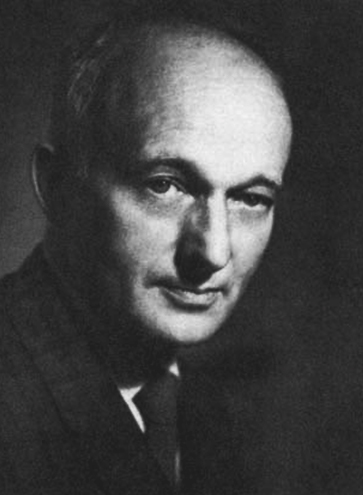
THEODORE M.NEWCOMB (July 24, 1903) in Rock Creek, at the northeastern tip of Ohio and he was a great pioneer in the field of social psychology. Merely 50 years he worked for the improvement of human motivation, perception and learning to shape the deep understanding of social process. In 1929, he started his professional career in the department of psychology at University of Michigan. In 1931, he moved to Cleveland College, University of Western Reserve from University of Michigan. In 1934, he got a great offer from New Bennington College in Vermont which caused remarkable changes in his rest of his professional career. His works “Personality and Social Change” (1943), “Social Psychology” (1950). He published a new social approach in field of communication which is called “ABX” system (later it became Newcomb’s model) and it’s published in the name of “An Approach to the Study of Communicative Acts (1953)”. He published another great work in the field of social psychology called “The Acquaintance Process” (1961).
 The New Comb’s model of communication was introduced by Theodore M Newcomb of the University of Michigan in 1953. He gives different approach to the communication process. The main purpose of this theory is to introduce the role of communication in a social relationship (society) and to maintain social equilibrium within the social system. He does not include the message as a separate entity in his diagram, implying it only by use of directional arrows. He concentrates on the social purpose of communication, showing all communication as a means of sustaining relationships between people. Sometimes it’s called as an “ABX” model of communication.
The New Comb’s model of communication was introduced by Theodore M Newcomb of the University of Michigan in 1953. He gives different approach to the communication process. The main purpose of this theory is to introduce the role of communication in a social relationship (society) and to maintain social equilibrium within the social system. He does not include the message as a separate entity in his diagram, implying it only by use of directional arrows. He concentrates on the social purpose of communication, showing all communication as a means of sustaining relationships between people. Sometimes it’s called as an “ABX” model of communication.The Newcomb’s model works in a triangular format or A-B-X system
A – Sender
B – Receiver
X – Matter of Concern
The relationship between A and B is like student and teacher, government and public or newspaper and readers. Sender and Receiver may work in a same flow but the same time some factor like “X” may affect their flow of relationship. “X” it may be third persons, issue, topic or policy.
For Example:
Teachers introduce a new policy to increase the college timing from 6 hours to 8 hours.
A – Teachers B – Students X – Policy or issue
If both students and teachers are satisfied with this policy then the communication maintains its equilibrium status between them. Otherwise the flow of communication between “A” and “B” becomes trouble in the social system. If “A” or “B” is not ready to accept the policy then it will directly affect the social system and can’t maintain the equilibrium status. So Teachers”A” can convince students “B” as much as possible. Otherwise they have to make some adjustments in the Policy “X” and convince them towards the policy.
No comments:
Post a Comment